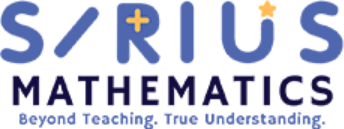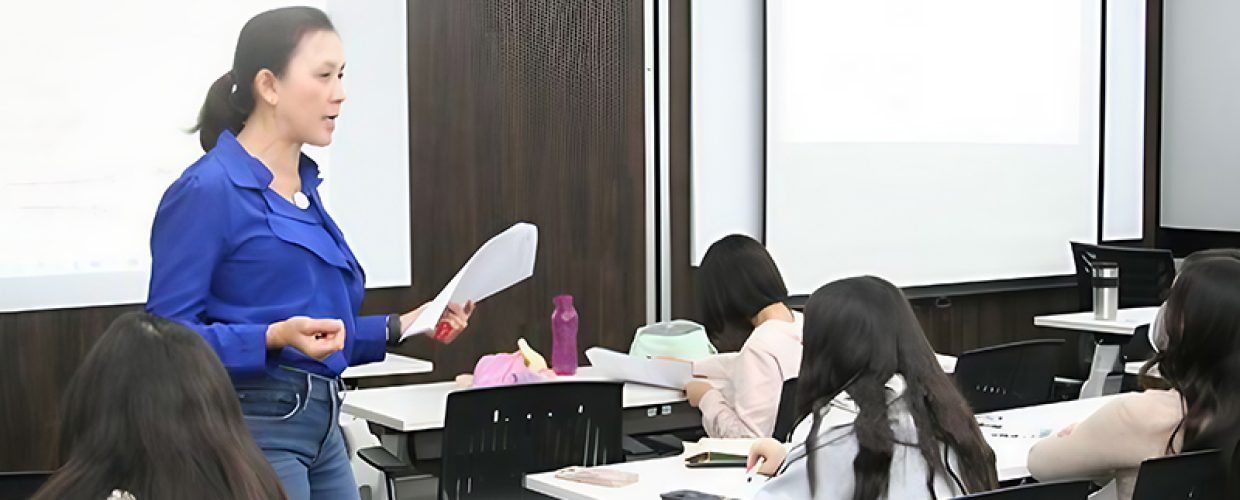Introduction
Singapore is widely recognised for its outstanding performance in mathematics education. The nation’s success in the subject is demonstrated through its top rankings in two prestigious international assessments: the Trends in International Mathematics and Science Study (TIMSS) and the Programme for International Student Assessment (PISA). In both evaluations that assess math and science proficiency across numerous countries, Singaporean students consistently ace math with some of the highest rankings.
A key factor behind this success lies in Singapore’s math teaching methods. The country’s methodology is built on a deliberate progression of concepts, developing an in-depth understanding of mathematical principles. This approach focuses on mastering fundamental concepts before advancing to more complex topics.
In this article, we will explore how effective math strategies in Singapore contribute to student performance and the mastery of mathematics.
Overview of the Math Curriculum in Singapore
Understanding the Structure of Singapore’s Math Curriculum
Singapore’s math curriculum places a strong emphasis on building a solid foundation in number sense. From an early stage, students are encouraged to determine the relationships between numbers. The aim is to help them develop essential mental math strategies. Mastery of arithmetic operations is crucial, ensuring that students not only know how to perform calculations but also grasp the underlying principles behind them.
This approach to number sense allows students to develop a deep comprehension of mathematical concepts, setting them up for success as they progress to more challenging subject matters. By laying a strong groundwork early on, the curriculum empowers students to approach problem-solving with confidence and precision.
Key Elements of the Singapore Math Curriculum:

1. Concrete-Pictorial-Abstract (CPA) Approach
The Concrete-Pictorial-Abstract Approach is a progressive strategy that helps students visualise and comprehend mathematical concepts more effectively. It begins with students working with tangible objects or manipulatives to represent mathematical ideas (Concrete). Once they gain confidence with hands-on materials, students transition to pictorial representations, such as drawings or diagrams, to delve into concepts without relying on physical objects (Pictorial). Finally, they move to abstract symbolic representations, using numbers and mathematical symbols to solve problems (Abstract).
2. Problem-Solving Emphasis
Singapore’s math curriculum focuses on honing problem-solving skills. Students are encouraged to approach problems creatively and develop multiple strategies for solving a single problem. By fostering this mindset, the curriculum helps students become flexible thinkers who can ace math with adaptation to different techniques.
3. Spiral Progression
Another defining feature of Singapore’s math curriculum is its spiral progression structure. Concepts are introduced in a simple, foundational form in the early grades and revisited in more depth in subsequent years. As students move through the curriculum, their understanding of each topic gradually improves through continuous exposure and application. This method reinforces learning to enhance long-lasting mastery of math principles.
4. Model Drawing
Model drawing is a powerful tool used in Singapore’s math teaching to guide students in tackling complex word problems. This technique involves breaking down problems into visual models, allowing students to better identify the structure of the problem and apply the appropriate mathematical strategies to ace math.
5. Mental Math
Mental math skills are also a focus point of the Singaporean math curriculum. They enhance both the speed and accuracy of calculations, making them particularly useful in everyday situations that require quick computations. Through regular practice of mental math, students may strengthen their number sense, on top of improving their critical thinking and problem-solving abilities.
2.2. Key Differences Between Traditional Math and Singapore Math
Traditional math, focused primarily on procedural skills, often prioritises rote memorisation and repetitive practice. In contrast, Singapore math emphasises a deep understanding of concepts through innovative teaching methods. This section will discuss the key differences between conventional and Singapore math, highlighting how the duo impacts students’ learning process.
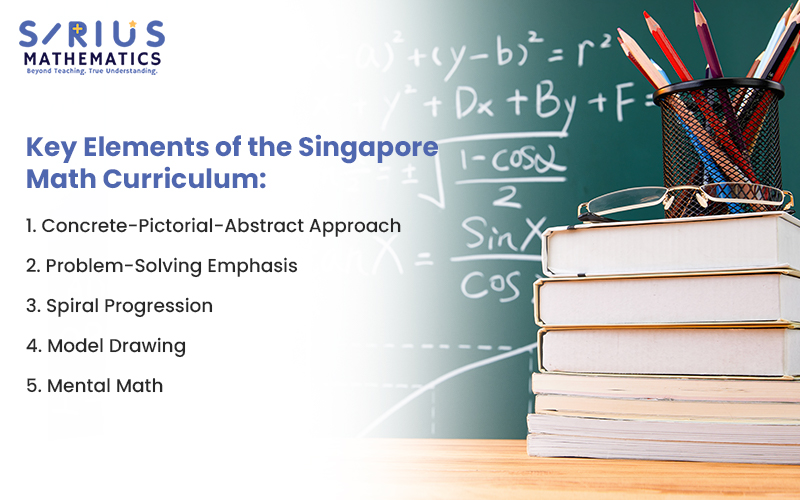
1. Deeper Understanding through Problem-Solving
Singapore Math promotes a deeper understanding of mathematics by emphasising problem-solving and mastery-based learning. This approach encourages students to engage with mathematical concepts in a meaningful way, fostering a thorough comprehension of underlying principles. In contrast, traditional math adheres to a fixed curriculum pace, potentially leading to superficial understanding. Students may often find themselves able to perform calculations without truly grasping the concepts behind them.
2. Application-Oriented Learning
The application-oriented nature of Singapore Math enlightens students on applying mathematical concepts to real-world scenarios. This curriculum guides them to see the relevance of what they are learning. By solving practical problems, students develop a strong connection between theory and practice. Conversely, traditional math often lacks a clear context for practical applications, focusing instead on following established procedures and algorithms.
3. Individualised Learning
Singapore Math also supports individualised learning. This means students can take the time they need to master each concept before moving on. Meanwhile, traditional math features a one-size-fits-all approach, where all students are expected to move through the material at the same speed. This may either leave some students behind or make them feel not challenged enough.
4. Critical Thinking vs. Rote Learning
A further critical difference is in the emphasis on nurturing critical thinking skills within Singapore Math. With exploratory learning, students cultivate a mindset geared towards inquiry and analysis. During the process, they are educated to think critically, analyse problems, and develop their problem-solving strategies. In traditional math, rote learning causes students to struggle with applying analytical skills, due to the lack of understanding of the material.

The Role of Effective Teaching Methodologies
3.1. How Effective Teaching Methodologies Support Student Learning
Effective teaching methodologies play a pivotal role in enhancing student learning for academic success. By adopting strategies that cater to different learning styles, these methodologies pave the way for deeper understanding, engagement, and knowledge retention. Here’s how Sirius Mathematics supports the process:
1. Understanding Student Learning
At Sirius Mathematics, a maths specialist tuition centre, effective teaching starts with understanding what students need to learn and what they already know. Skilled tutors assess each student’s current knowledge and identify gaps to address. The key is to create a supportive learning environment that encourages students to take risks, explore new concepts, and face challenges without fear of failure.
2. Enhancing Conceptual Understanding
One of the core objectives of effective teaching is to support students in developing deep, conceptual understanding of mathematical principles. At Sirius Mathematics, the CER (Claim, Evidence, Reasoning) Framework is used to strengthen students’ grasp of concepts, particularly when addressing AO3 questions in mathematics. Originally used in scientific writing, this framework ensures that students structure and communicate their mathematical reasoning clearly and effectively. As such, students gain a solid foundation that they can build on as they progress to more advanced topics.
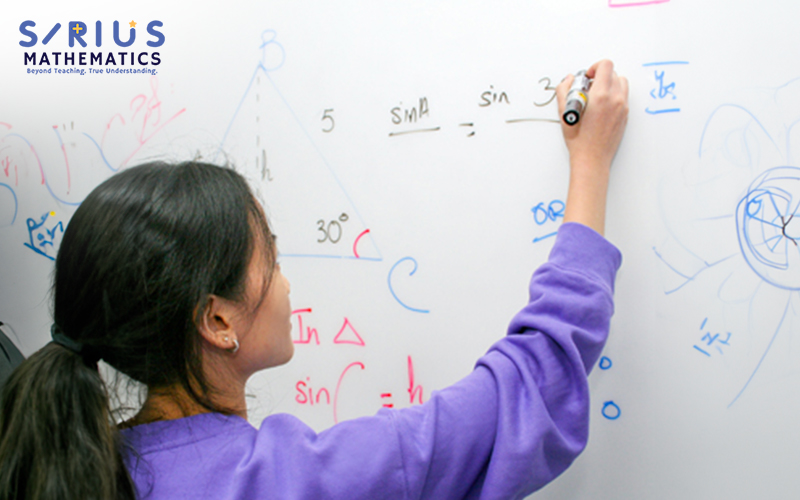
3. Fostering Problem-Solving Skills
Through guided practice and exploration of real-world scenarios, tutors at Sirius Mathematics encourage students to apply mathematical concepts practically. This hands-on approach equips students with the necessary tools to leverage their mathematical knowledge in everyday situations. It also allows them to think critically when solving complex problems.
4. Promoting Active Engagement
Interactive lessons, group work, math games, and technology integration contribute to effective teaching. By keeping students interested and involved in their learning, these hands-on activities stimulate curiosity and make learning enjoyable. This is particularly important for complex subjects like mathematics.
5. Facilitating Continuous Improvement
Continuous assessment and feedback play a part in improving students’ academic performance. Effective Math teachers use formative assessments to regularly evaluate student progress, identifying areas that require additional support. At Sirius Mathematics, special quiz sessions and term reviews are held to reinforce learning for students to continuously improve.
6. Preparing Students for Examinations
Aimed at preparing students for their exams, effective teaching methodologies also focus on exam techniques, practising past papers, and understanding exam formats. Sirius Mathematics aligns lessons with exam requirements, such as those for the Ministry of Manpower (MOM), to familiarise students with the test structure.
3.2. Support Systems for Students
Challenging subjects like mathematics require robust support systems to help students reach their full potential. By offering the right guidance and resources, these systems empower students to develop the skills and confidence needed to ace math.
1. Tuition and Extra Classes
Personalised math tuition benefits students through tailored learning sessions, addressing the unique needs of each student. Tutors are well-trained to focus on identifying specific areas of difficulty and provide targeted instruction to students. Furthermore, extra classes offer additional practice opportunities, enabling students to better tackle diverse mathematical concepts.
2. Enrichment Programmes
Enrichment programmes provide an excellent avenue for students who need extra support. For instance, primary and secondary math tuition centres in Singapore like Sirius Mathematics offer holiday courses to help students catch up or advance ahead of their peers during school breaks. In addition to providing intensive reviews that focus on common mistakes and misconceptions, tutors also improve students’ agility with tough exam questions. To ensure a more efficient learning process, concise and clear notes are given as effective revision materials.
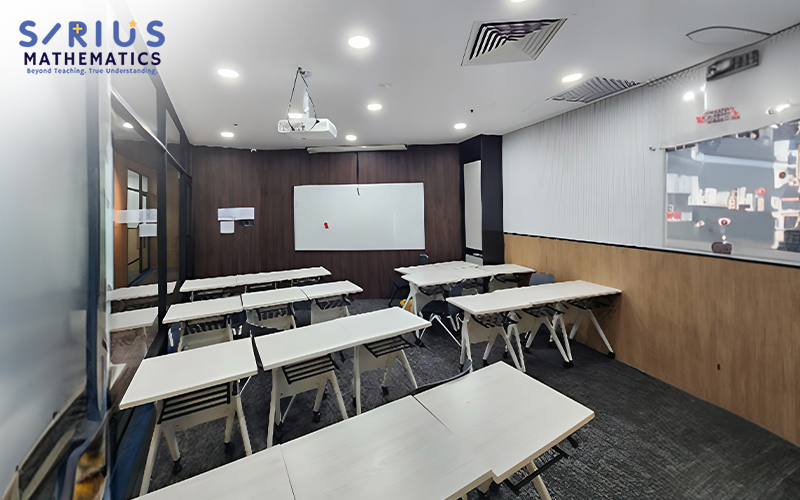
3. Parental Involvement
While external support is crucial in enhancing a child’s academic success, parental involvement is equally important. When parents stay actively engaged in their child’s learning journey, they offer valuable motivation that boosts the child’s confidence.
Moreover, regular communication with tutors or mentors keeps parents informed about their child’s progress. With this collaborative approach, parents are aware of any areas that may require extra attention, enabling them to provide the necessary guidance at home to support their child’s learning.
3.3. Common Math Mistakes and How to Address Them
Mathematics is undoubtedly an intricate subject, and even the most diligent students can make mistakes that hinder their progress. These errors often stem from minor oversights but they can significantly affect the outcome. To ace math, students should take note of some common mistakes and know how to address them:
1. Writing Down Incorrect Variables
A frequent error in mathematics is writing down the wrong variable. Due to carelessness or oversight, students may lose valuable points even if they use the correct problem-solving method. For example, a problem specifies a variable as 27%, but a student mistakenly writes 21%. This causes them to arrive at an incorrect answer. Such errors can also occur when inputting values into calculators. To address this, students should pay close attention to detail, and double-check their work to ensure accuracy.
2. Using the Wrong Units
Another common mistake is neglecting or using incorrect units when solving equations. Students may correctly solve a problem but plan to add the units later, only to forget or use the wrong conversion. For instance, they might fail to convert kilograms to grams when the problem requires it. To prevent this, practice problems that specifically involve unit conversions should be incorporated by educators. This trains students to be attentive when including units at every step of the calculation.
3. Reading the Problem Incorrectly
When students fail to thoroughly read or understand what the question is asking, they may misinterpret it. Some math problems are designed with tricky phrasing to test a student’s comprehension. Effective teaching methodologies guide students to carefully read each question and identify key information before attempting to solve it.
3.4. Frequently Asked Questions
1. How does personalised attention in tuition help?
Personalised attention allows tutors to focus on the specific needs and weaknesses of each student, providing customised lessons and practice to address those areas effectively.
2. Can maths tuition help with exam preparation?
Yes, maths tuition can be very beneficial for exam preparation. Tutors can provide targeted practice, review past papers, and teach effective exam techniques to help students perform well.
3. How does maths tuition enhance the problem-solving skills of primary and secondary students?
Primary and secondary school math tuition in Singapore focuses on developing problem-solving skills through practice and exploration of different strategies.
Conclusion
Singapore’s math curriculum uses problems as foundational tools to guide students in exploring and understanding mathematical concepts. As students engage with complex mathematical problems, they will know how to apply sophisticated skills that promote efficient problem-solving.
Sirius Math is a leading tuition centre for maths. We are proud to offer expert leadership under the guidance of Ms. Chang, whose rigorous training guarantees our tutors’ high-quality instruction. Apart from tailored support, we provide free crash courses as a complementary resource for students to boost their learning process.
Contact us today to check on the class availability.
